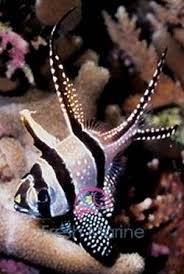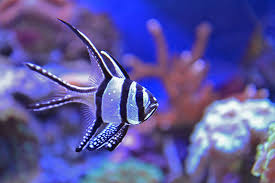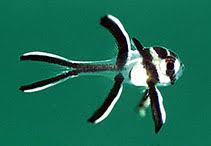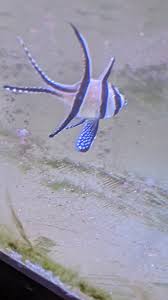Exploring the Relationship Between Dragons and Deities in Chinese Beliefs
Dragons are among the most powerful and revered symbols in Chinese culture. Throughout history, these mythical creatures have been intricately linked to Chinese spirituality, religion, and folklore. Often regarded as symbols of strength, authority, and good fortune, dragons in Chinese mythology are more than just mythical beasts—they are closely associated with various deities, representing divine









